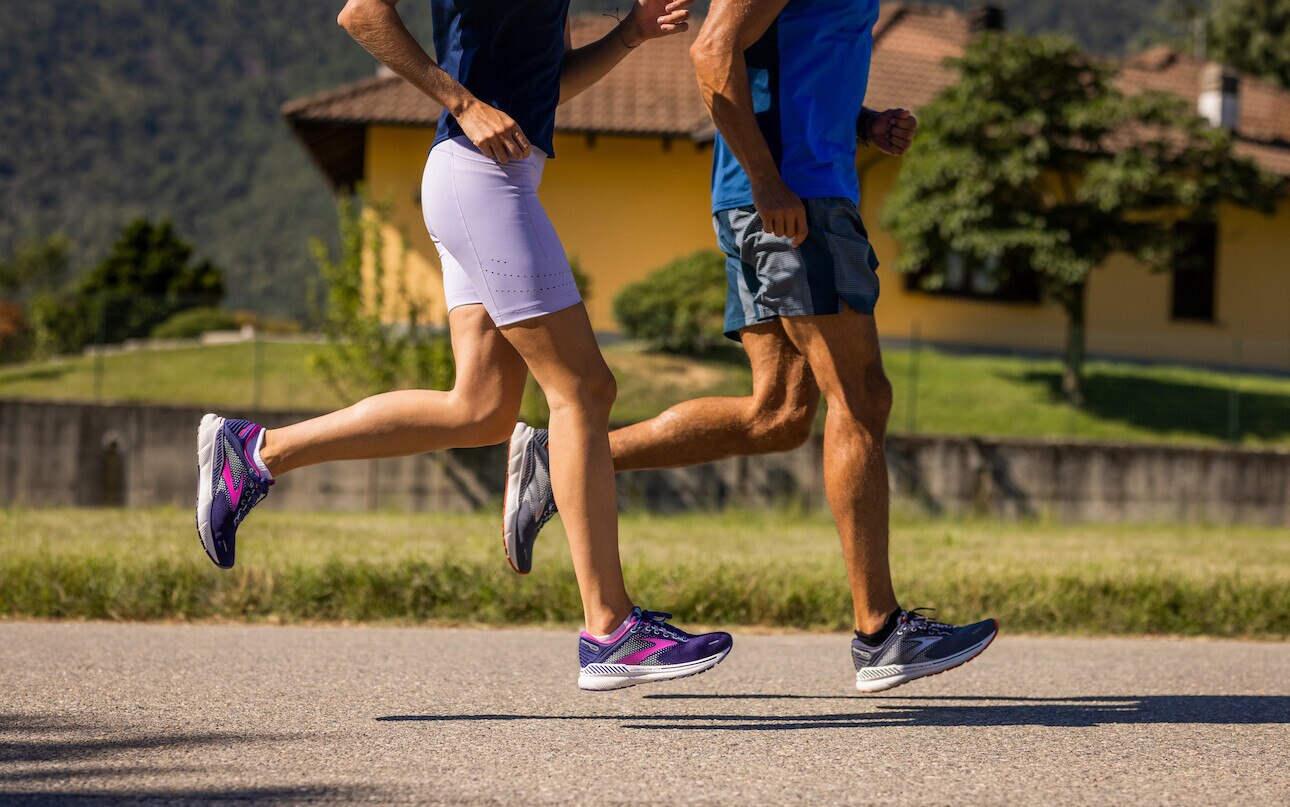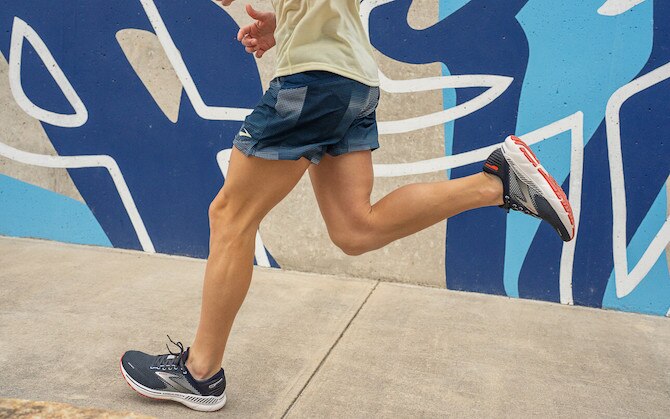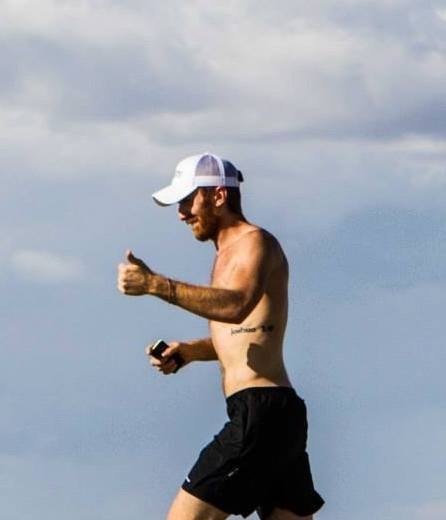What is athlete's foot, and what causes it?

As a runner, there are unfortunately some injuries you've likely heard of or, worse yet, experienced yourself. Things like plantar fasciitis, Achilles tendinitis, and runner's knee are a few of the more common ones. One of the lesser recognized injuries, but one that undoubtedly affects runners of all ages and levels of experience, is athlete's foot. The good news is that this ailment is easily avoidable by understanding what it is, what causes it, and how to prevent it. Let's get into how to prevent athlete's foot.
What is athlete's foot, and what causes it?
First, please note that the tips you'll find below are only suggestions collected through personal experience serving as a running coach and running store manager. If you have any serious concerns or injuries, you should contact your doctor.
Athlete's foot — or in scientific terms, tinea pedis — can be described simply as a fungal skin infection most commonly found between the toes, though it can affect any area of the foot. It's pretty easy to identify at home. Some common symptoms include:
- Scaly or cracked, inflamed skin, especially between the toes, that burns or stings
- Itchiness, especially right after taking off your shoes
- Dry, scaly skin on the bottom of the foot that extends up the side
The most common cause of athlete's foot is damp feet in shoes that are too tight and not well-ventilated. Whether it's athlete's foot growing on human skin or mold (a species of fungi) growing in a dark, damp basement (gross, but an effective analogy), all fungi thrive in dark, damp conditions that are not well-ventilated.
It's worth noting that athlete's foot is also contagious, so avoid walking barefoot in places like a gym, public bathroom, or any other public surface where sweat and/or moisture is prevalent.

How to prevent athlete's foot
As stated above, athlete's foot is easily avoidable when a runner takes the right steps to prevent it. I can say that as a lifelong runner, I have never dealt with athlete's foot (*knocks on wood*) because I've taken the necessary measures to keep my feet dry, ventilated, and healthy. Here are some tips to follow:
- Wear moisture-wicking socks. This tip is easily number one on my list of priorities. Wearing moisture-wicking socks made from materials like nylon and spandex can help keep your feet dry and well-ventilated. In addition, wearing properly fitting socks will help prevent athlete's foot and blisters.
- Find breathable running shoes. Most modern running shoes will offer ventilation, but if you're someone that has had athlete's foot, sweats a lot, or simply wants to keep your feet optimally healthy, run in a pair of shoes that are breathable. This will help keep your feet dry through ventilation and dry your shoes out faster in between runs.
- Practice good hygiene: These tips may seem obvious, but as runners, it's easy to finish a run, kick your shoes off, and move on to the next thing. Instead:
- Be sure to wash your socks between uses and wear a fresh pair on every run.
- Take your shoes and socks off after every run and wash your feet, especially between your toes.
- Do not share shoes or socks with other runners. This may seem obvious, but I'm probably not the only one that has done this in the past. A healthy reminder is a healthy reminder.
These simple steps serve as a great resource in how to prevent athlete's foot. It's a fairly common thing runners deal with, but it's simply a matter of educating runners on what athlete's foot is and how to keep it at bay. Follow the simple steps above to continue your healthy and happy runs in the future!
Our writer's advice is intended for informational or general educational purposes only. We always encourage you to speak with your physician or healthcare provider before making any adjustments to your running, nutrition, or fitness routines.
